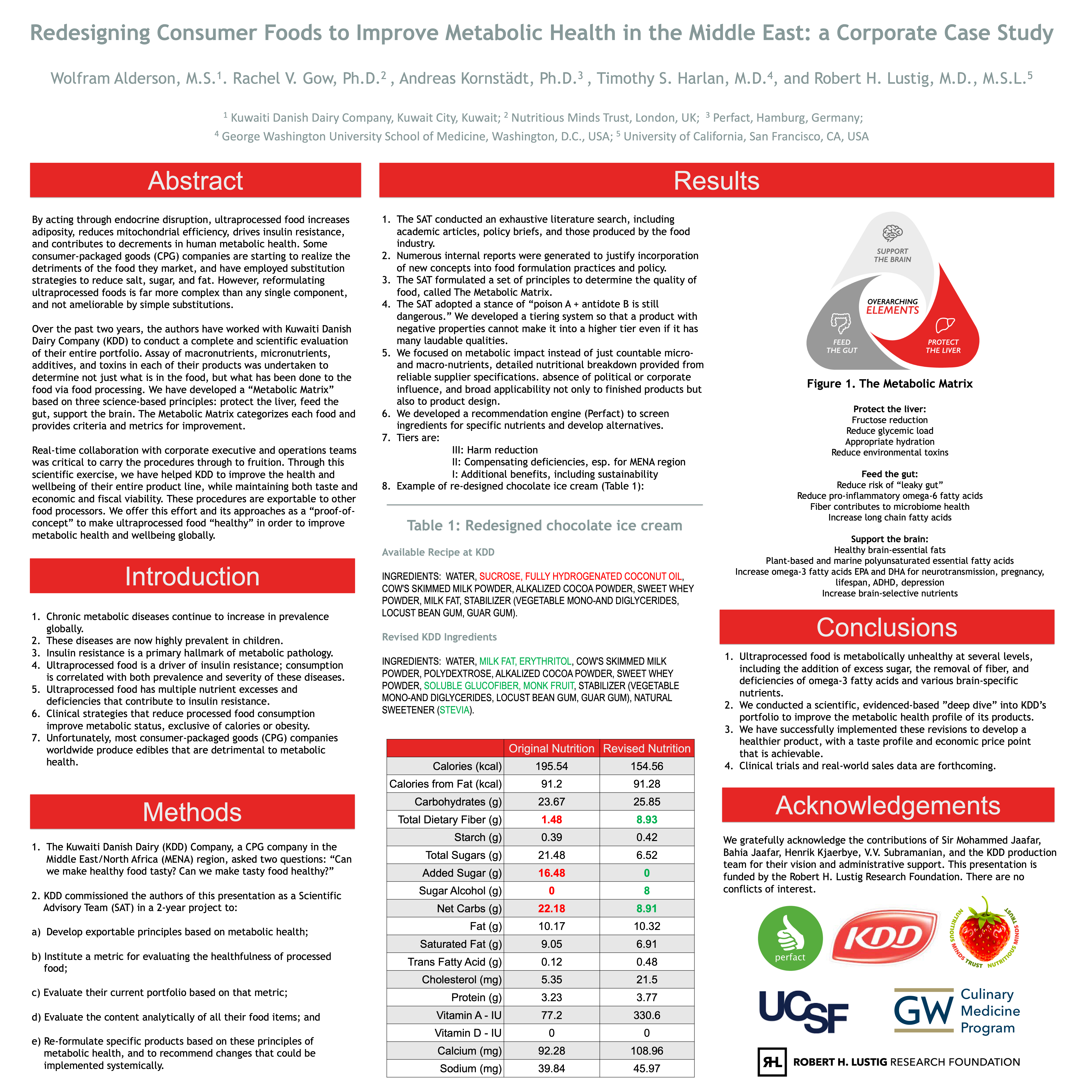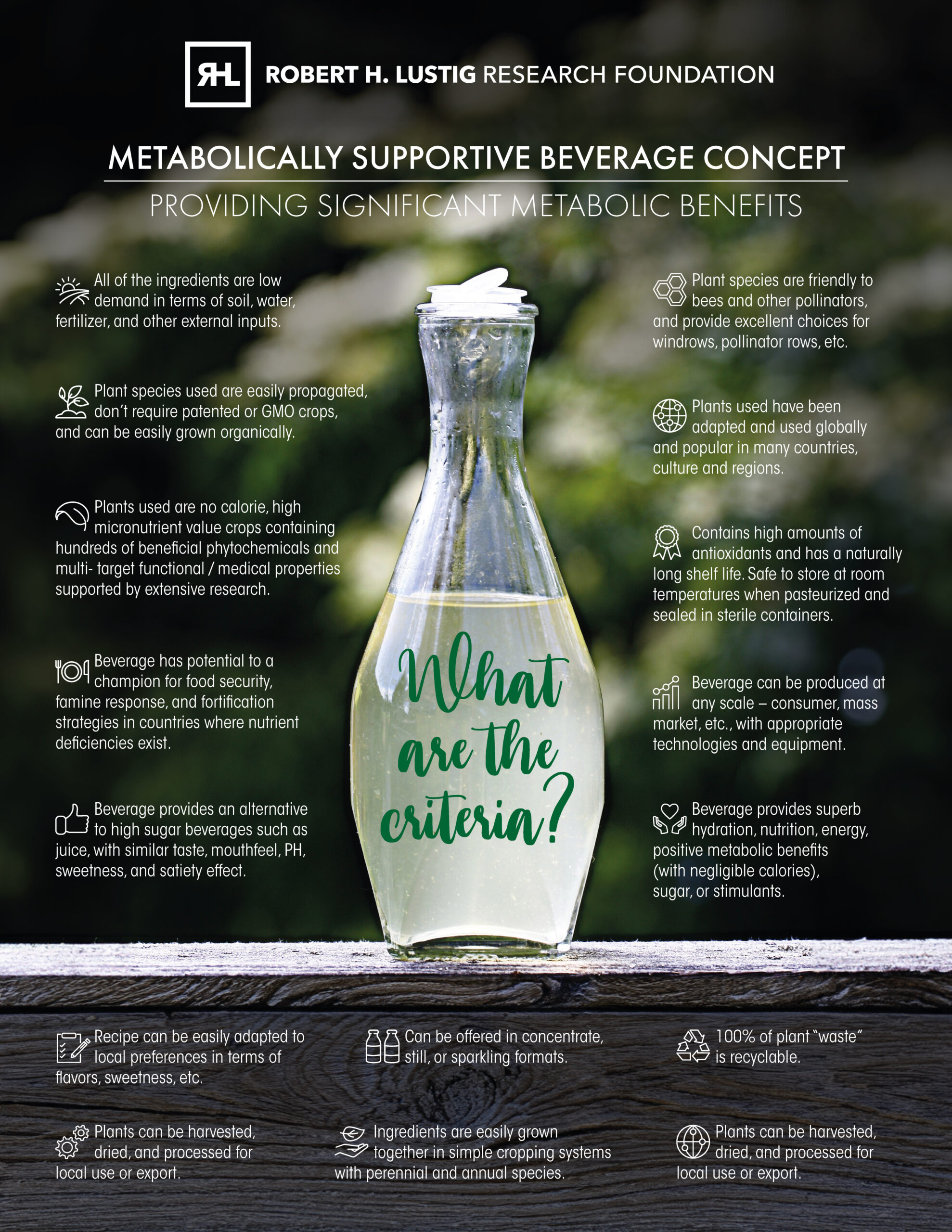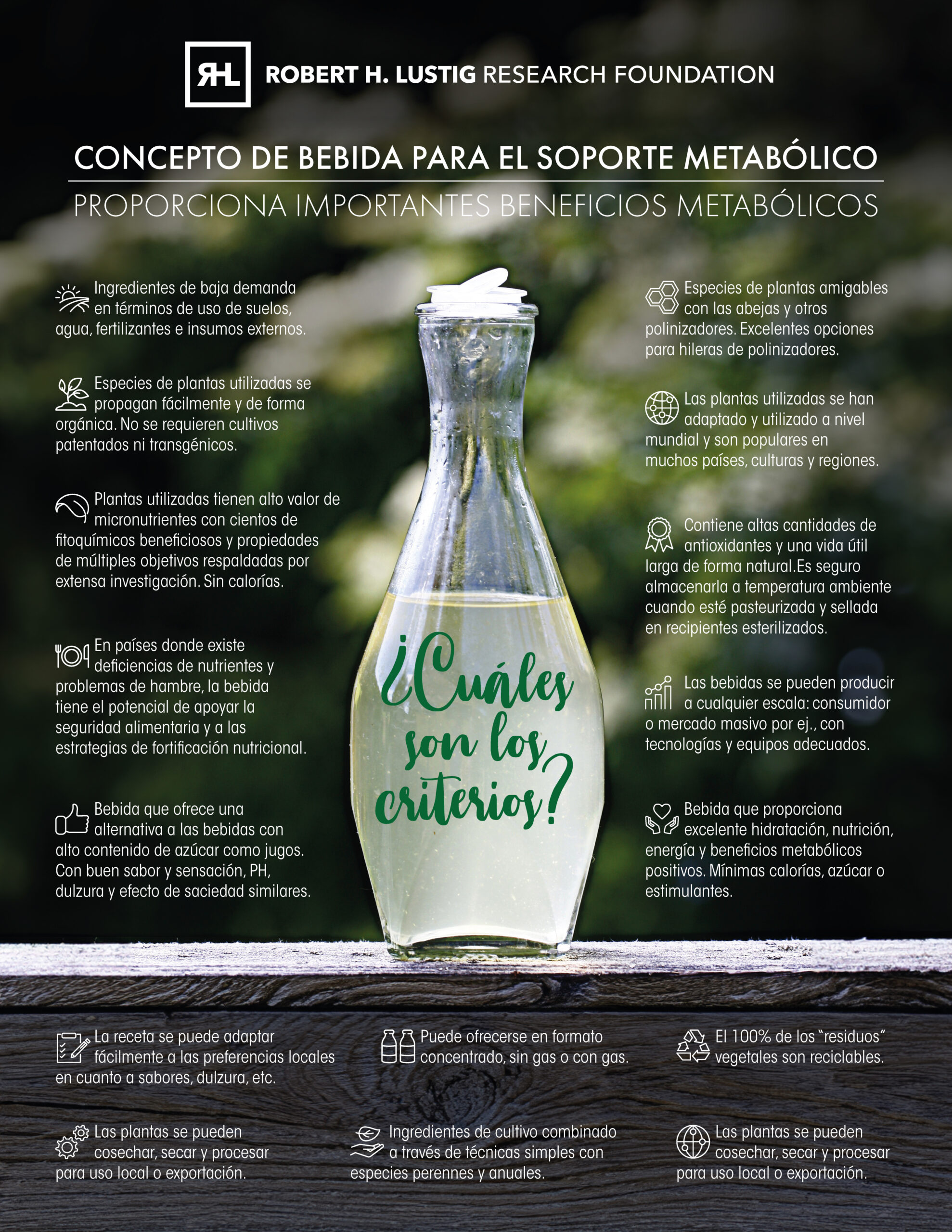
Applied Research
The RHL Research Foundation is interested in developing paradigm-shifting neuroendocrinological research programs that integrate medical practice, translational science, public health education, law, and science-based policy change.
Key areas of interest currently include the following two projects that need funding.
Investigating the relationship between Sugar Metabolism & Cancer
The foundation seeks funding to test the hypothesis that dietary sugar directly feeds cancer cells and inhibits mitochondrial metabolism, which leads to growth and dissemination.
Dr. Lustig and colleagues propose to answer three questions:
- Is there a specific metabolic switch that cancer cells flip to divert nutrients away from energy generation, and toward building components for new cells (the Warburg effect)?
- If so, does fructose (or one of its metabolites) flip this switch (likely AMP Kinase), either directly or indirectly to drive the metabolic component of cancer cell growth?
- Does methylglyoxal (a specific breakdown product of carbohydrate) irreversibly bind to AMP Kinase to throw this metabolic switch? Is fructose or glucose more likely to throw the switch?
Answering these questions will likely alter cancer therapeutics going forward, and will provide a metabolic rationale for nutritional therapy of cancer patients.
Metabolic Matrix – Transforming the Food & Beverage Industry
The Robert H. Lustig Research Foundation has played a key role in supporting the development of the Metabolic Matrix, a science-based framework for understanding and applying metabolic health & nutrition that can transform the way we think about formulating foods and beverages. The matrix is built upon the understanding that nutrition doesn’t exist in a vacuum and that all foods and beverages are ultimately metabolized in the human body.
The metabolic matrix was born out of an industry desire to forge a new level of food system change, based on current scientific evidence. KDD, a leading food and beverage company in the MENA region, commissioned an independent scientific group of advisors to develop a new approach that linked metabolic health and nutrition. A year of intensive work resulted in the development of the metabolic matrix model. From the beginning, KDD sought to share the metabolic matrix model, and to invite collaboration, input, and critiques, to assure that the model will ultimately be useful to other interests, recognizing that for true food system change to occur, systemic solutions, not proprietary solutions are needed. Inspired by the metabolic matrix model, Swedish Hospital, part of the larger Providence health care system supporting over 100,000 health care providers, is offering an international CME symposium on metabolic health and nutrition.
Learn more at https://metabolicmatrix.info/matrix/
Ultraprocessed food is established as a metabolic disruptor acting to increase adiposity, reduce mitochondrial efficiency, drive insulin resistance, alter growth, and contribute to human morbidity and mortality. Consumer packaged goods (CPG) companies are beginning to understand the detrimental impact of the food they market, and have employed substitution strategies to reduce salt, sugar, and fat. However, the harms of ultraprocessed foods are far more complex than any single component, and are not ameliorated by such simple substitutions. Over the past two years, the authors have worked with Kuwaiti Danish Dairy Company (KDD) to conduct a comprehensive scientific evaluation of their entire commercial food and beverage portfolio. Assay of the macronutrients, micronutrients, additives, and toxins contained in each of their products was undertaken to determine the precise nature of each product’s ingredients as well as the health impacts of processing. The authors formed a Scientific Advisory Team (SAT) and developed a tiered “Metabolic Matrix” founded in three science-based principles: 1) protect the liver, 2) feed the gut, and 3) support the brain. The Metabolic Matrix categorizes each product and provides the criteria, metrics, and recommendations for improvement or reformulation. Real-time consultation with the KDD Executive and Operations teams was vital to see these procedures through to fruition. This scientific exercise has enabled KDD to lay the groundwork for improving the health, well-being, and sustainability of their entire product line, while maintaining flavor, economic, and fiscal viability. This process is easily transferrable, and we are sharing this effort and its approaches as a proof-of-concept. The key aim of our work is to not only make ultraprocessed food healthier but to urge other food companies to implement similar analysis and reformulation of their product lines to improve the metabolic health and well-being of consumers worldwide.
Read the full open-access paper in Frontiers of Nutrition: Sec. Nutrition and Food Science Technology
Volume 10 – 2023 | https://www.frontiersin.org/articles/10.3389/fnut.2023.1098453/full



The metabolic matrix concept is being adopted and expressed by a growing number of interests in the food & beverage industry, healthcare, and consumer advocates. The Robert H. Lustig Research Foundation has commissioned the team of scientists behind the metabolic matrix to write a peer-reviewed “method’s paper” that describes the development of the metabolic matrix model and how it is being applied. As the work of the metabolic matrix evolves, progress is featured on the https://metabolicmatrix.info website, funded by the Robert H. Lustig Research Foundation.
Food Data Science: The Sugar Matrix Project
The goal of the Sugar Matrix Project is to define what constitutes “added sugar” on a scientific basis. This entails defining what constitutes sugar first. For example, along the process from a corn grain via flour, starch, dextrin, maltodextrin, glucose syrup and high fructose corn syrup, where lies the border between sugar and non-sugar? Understanding the biochemistry of these sugars and their metabolic impacts is key.
This academically oriented project is independent and complementary to definitions put forward by regulatory bodies which are ultimately subject to political processes such as the FDA or FAO.
Dr. Kimber Stanhope and Dr. Robert Lustig having a little fun with the sugar matrix – a project designed to chart all the sugars in the food supply, showing their sources, processing, and effects. If interested in helping us with this project, volunteers are currently being accepted.
We actively share our data with public health leaders and organizations, and support projects like the Hypoglycemia Support Foundation Added Sugar Repository.
The Robert H. Lustig Research Foundation is funding a project related to the sugar matrix that will allow consumers to filter out all products with added sugar, currently in the food supply.
Juice – The Big Picture: Why we need to rethink juice, and What is the next best thing?
The earliest record of humans benefiting from fresh juice dates back to 150 B.C. The first juice production dates to the 16th century Middle East and Italy. Drinking orange juice in Britain dates back to the 17th century when diarist Samuel Pepys first recorded taking a glass in 1669. As early as 1869, a pasteurization method was developed for more extended storage periods of juice.
Juice has long been a source of nutrition. What has changed? Total sugar consumption has increased exponentially due to the escalation of caloric sweeteners since the 1800s:
Let’s just assume you are among the majority of the population that suffers from metabolic disease (in the U.S., 78% are metabolically unhealthy) [1]. Then what are your options if you are seeking daily refreshments from the commercial marketplace? The beverage landscape is very sparse when it comes to providing beverages that have any proven benefits to metabolic health. There are many low to no calorie juice flavored beverages entering the market, but unfortunately, reducing juice content also reduces nutrition along with the sugar. Attempts to remove the sugar from juice are ongoing, but sugar-reduced juice has yet to achieve any significant commercial scale or success.
The Robert H. Lustig Research Foundation is supporting innovation in the food & beverage industry and working with entrepreneurs who are thinking outside of the box and reimagining new products that deliver an experience like juice, without the juice, but with equal (or improved) nutrition… a “non-juice, juice-like beverage.”
What are the healthy components of juice (minus the sugar)? It is a wide range of vitamins, minerals, and other phytonutrients, such as flavonoids and antioxidants, which are well known for their anti-inflammatory properties.[2] Are there other plant-based sources of these same properties? The answer is yes. And the advantage of looking beyond fruit in the plant world is that we can find (and mine) these same substances without the accompanying sugar bolus.
What are the criteria for a metabolically supportive beverage?
See the infographics below. Click on the images for high quality PDFs.
[1] Only 12 percent of American adults are metabolically healthy, Carolina study finds, University of North Carolina Chapel Hill
[2] Active Compounds in Fruits and Inflammation in the Body, MDPI

The work of the Robert H. Lustig Research Foundation aligns with the NOVA Food Classification System. In the late 2000s, researchers at the Center for Epidemiological Studies in Health and Nutrition, based in Brazil, were pioneers in identifying changes in industrial food processing as the main driver of the obesity pandemic, which started in the United States in the 1980s and, in the 21st century, has reached most countries in the world. These observations led to a system for categorizing food based on how and why food products undergo industrial processing before being purchased or consumed. This classification, known as NOVA, assumes that the extent and purpose of processing to which food is subjected determines its nutrient content and other attributes, potentially influencing the risk of obesity and other diet-related diseases.
The Robert H. Lustig Research Foundation is supporting NOVA by funding the development of a NOVA filter by Perfact, a food data science platform. This filter will allow consumers to filter out Ultra-Processed Foods, the most harmful category of processed foods identified by NOVA.
Click here to learn more about the NOVA Food Classification System.







